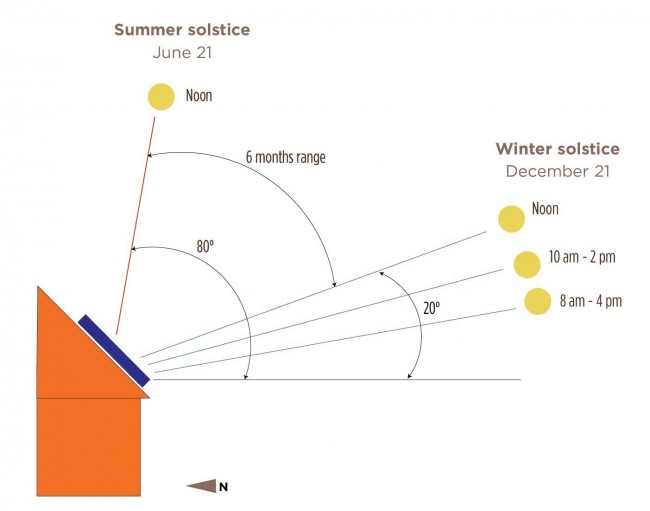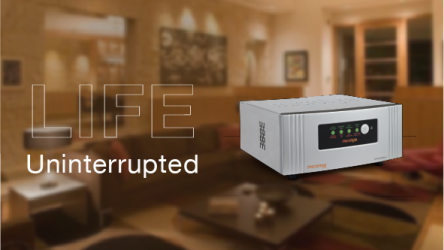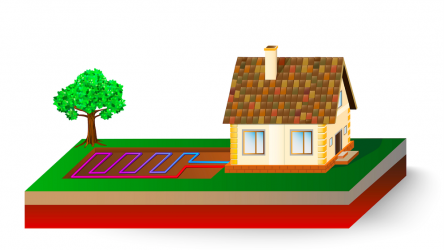
Are you planning to set up solar panels in your Tampa home? Though the city is kissed with abundant sunshine, the ideal solar panel angle to ensure optimal production depends on a number of factors. The kind of photovoltaic (PV) system you install, shading, roof slope and tilt of the panels are a few to mention. To get the most out of solar panels in Tampa, it’s important to derive firsthand information about the city’s climate. If you are a resident of Tampa, be free to go solar as the region receives more than eight hours of brilliant sunshine daily. However, to derive optimum performance out of these systems, you need to ensure that the solar panels are installed at an angle to capture most of the sun’s rays. Here are three factors to help you determine the perfect placement of your home solar panels:

1. Tilt of the Solar Panels
The easiest way to install your solar panels is by placing them at a fixed angle. However, how much sun’s energy the PV systems will capture depends on the season. Remember that the sun shines higher in the sky during the summer months and lower during winter. Your home can receive more of the solar energy throughout the year if you adjust the tilt based on the season. Expect to get a significant energy boost by tilting the panels twice in a year. A four-time adjustment annually will fetch you even better results.
2. Solar Panel Types
In order to ascertain the perfect angle of your solar panel, it’s important to know the differences between the various kinds of panels. PV systems, for example, are lightweight and smaller in size. The PV panels provide electrical energy back to your home. As far as on-grid homes are concerned, they send the surplus electricity back to the grid after consumption. Off-grid homes in Tampa, on the contrary, send the excess electrical energy to a battery bank. The power preserved in the battery will be used to support your household’s electrical needs when the sun is down.
Off-Grid Panels: These panels should be positioned based on the projected consumption of electricity which is the highest during the winter months. During winter, off-grid panels should be installed at a higher angle to receive maximum winter sunshine. Off-grid panels are also ideal for summer cabins, and they should be set up at a shallower angle to capture maximum sunlight when the cabin is in use.
On-Grid Panels: These are ideal for maximum kWh production all through the year. In this case, the surplus energy is sent back to the utility company, and so the annual total output is what that matters.
Solar Thermal Panels: These more or less operate like off-grid PV systems. They depend on outside climatic conditions. These systems are likely to produce more hot water during the summer months. If you want to generate sufficient hot water for winter consumption, make sure the panels are placed at a moderately higher angle. It will help the panels to receive direct sunlight during the winter months.
3. Shading
If your home solar panels are obstructed by shade (say, a big tree), the output level is bound to suffer. They will not be able to capture enough sunlight for optimum production. Even if one panel is affected by shading, the central inverter systems will cease to produce results. The performance of a single panel will have an adverse impact on the others. Ask installers to place the solar panels at an angle away from the shading in order to solve low production problems. You can even customize the panels by wiring the panels in a parallel pattern. This way, one panel will not have any impact on the performance of the others.
Factor in these aspects before installing solar panels in Tampa. It will optimize the performance of your home solar systems. Make sure you install quality panels and then get them professionally installed and oriented by a certified installer.






